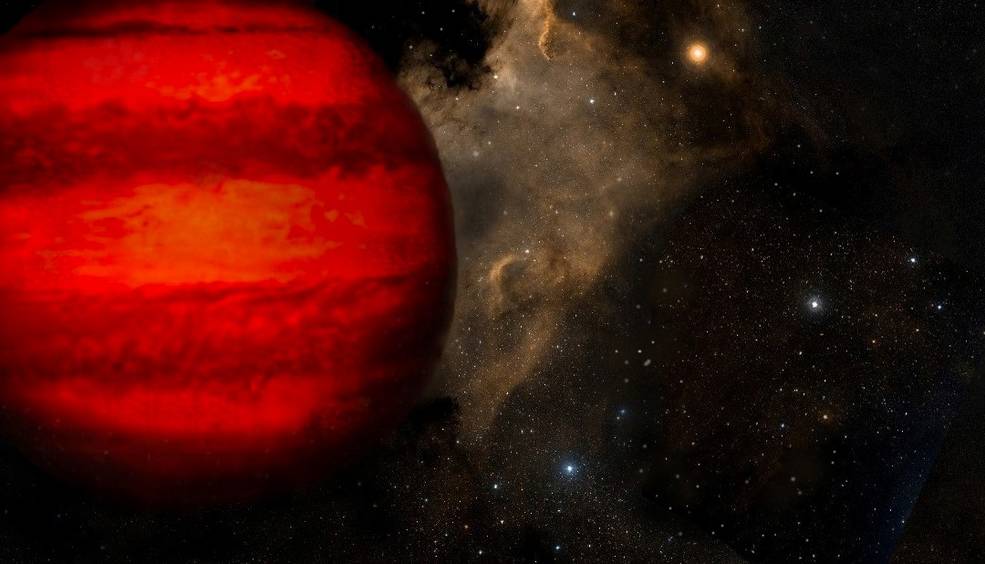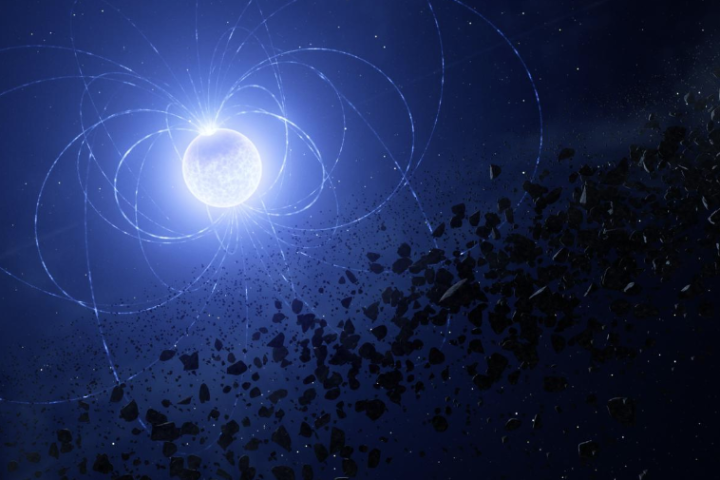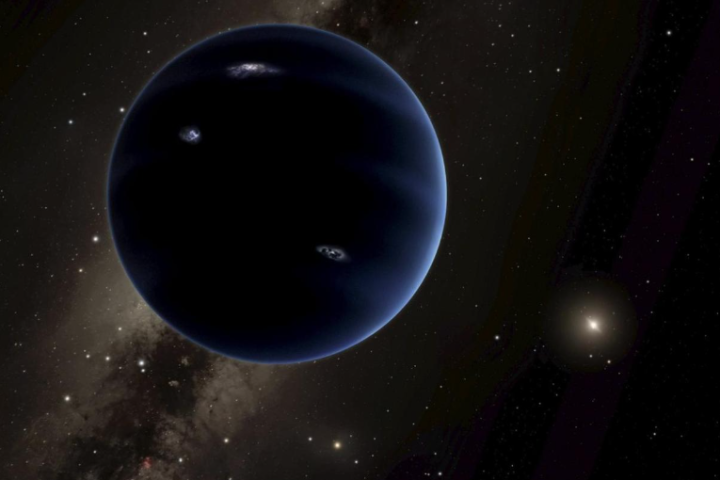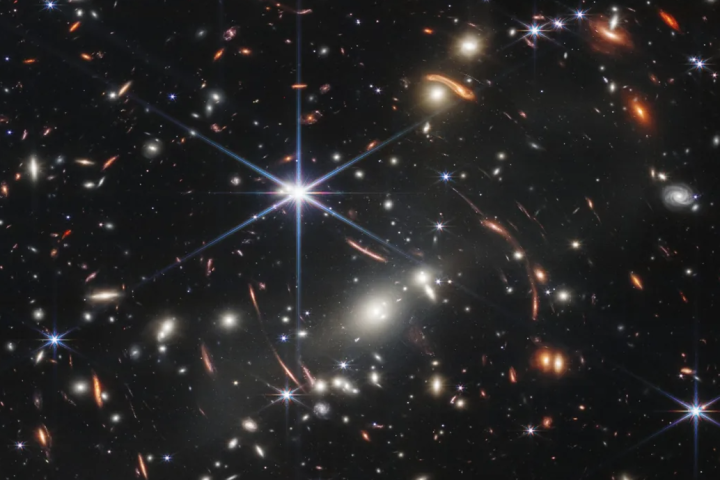We now have definitive proof that some alien worlds contain rock clouds thanks to fresh discoveries from the James Webb Space Telescope.
According to a global team of scientists, the telescope has directly found silicate clouds in the atmosphere of a brown dwarf, the first time such a detection has been made in a planetary-mass companion outside the Solar System.
The team claims that the total results represent the best spectrum for a planetary mass object to date. These findings may not only contribute to our understanding of these so-called “failed stars,” but also serve as a mere preview of what the JWST is capable of.
The manuscript has been submitted to AAS journals, and while it is going through the peer review and publication process, it is accessible on the preprint service arXiv.
JWST has already captured a direct view of an exoplanet, but a brown dwarf is a little bit different.
These objects, which exist in the mass range between the chonkiest planets and the weeniest stars, are what arise when a young star does not gather enough mass to initiate hydrogen fusion in its core.





